
Origin/Endemic status: Native
Taxonomy Comments: Section Tovara consists of 3-5 species of e. North America and e. Asia (Mun & Park 1995); if the section is recognized as a genus (as it often has been), the correct name for this species is Antenoron virginianum. Variation in North America, previously sometimes recognized as varieties (see synonymy) is under study by M. Pyne.
Synonymy: = Ar, Fl4, FNA5, Mex, Mi, NE, NY, Pa, Tn, Va; = Antenoron virginianum (L.) Roberty & Vautier – Il, K4, Horton (1972); = Polygonum virginianum L. – C, GrPl, GW2, K1, NcTx, Tx, W, WH3, Mitchell & Dean (1978); = Tovara virginiana (L.) Raf. – RAB, S, S13, Tat, WV; < Persicaria virginiana (L.) Gaertn. – K3; > Polygonum virginianum L. var. glaberrimum (Fernald) Steyerm. – G; > Polygonum virginianum L. var. virginianum – G; > Tovara virginiana (L.) Raf. var. glaberrima Fernald – F; > Tovara virginiana (L.) Raf. var. virginiana – F
Wetland Indicator Status:
- Atlantic and Gulf Coastal Plain: FAC
- Eastern Mountains and Piedmont: FAC
- Great Plains: FAC
- Midwest: FAC
- Northcentral & Northeast: FAC
Heliophily: 4
Hover over a shape, letter, icon, or arrow on the map for definition or see the legend.
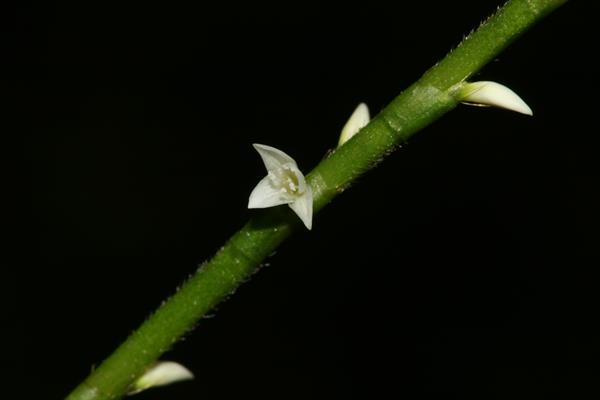 © Jeffrey S. Pippen | Original Image ⭷
© Jeffrey S. Pippen | Original Image ⭷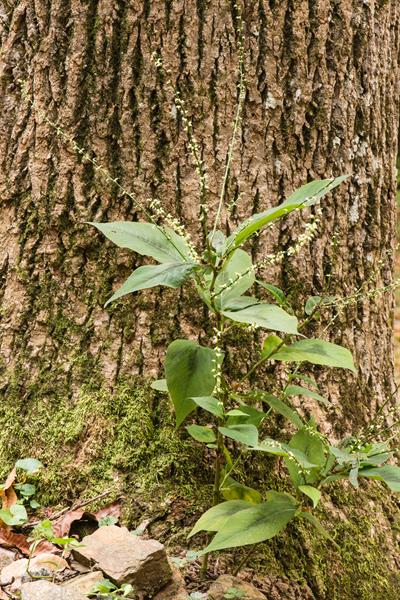 © Keith Bradley | Original Image ⭷
© Keith Bradley | Original Image ⭷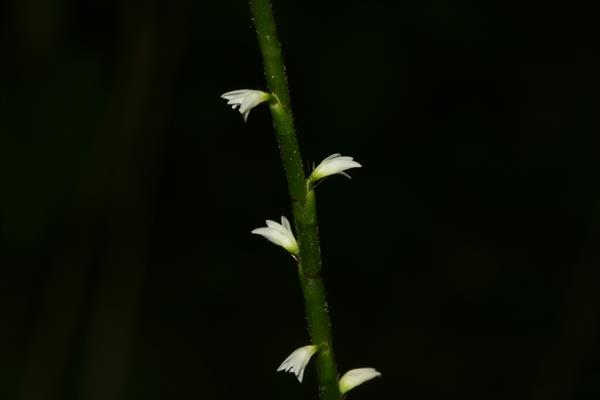 © Jeffrey S. Pippen | Original Image ⭷
© Jeffrey S. Pippen | Original Image ⭷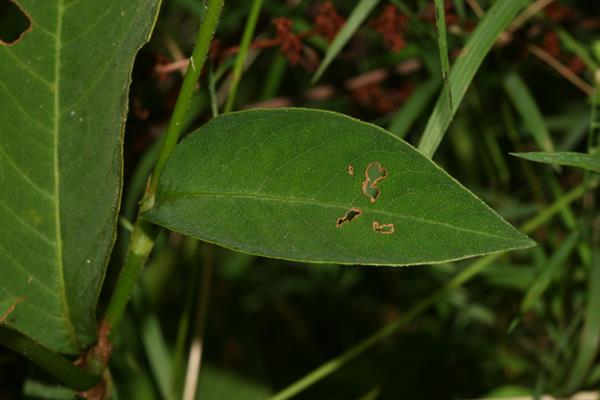 © Jeffrey S. Pippen | Original Image ⭷
© Jeffrey S. Pippen | Original Image ⭷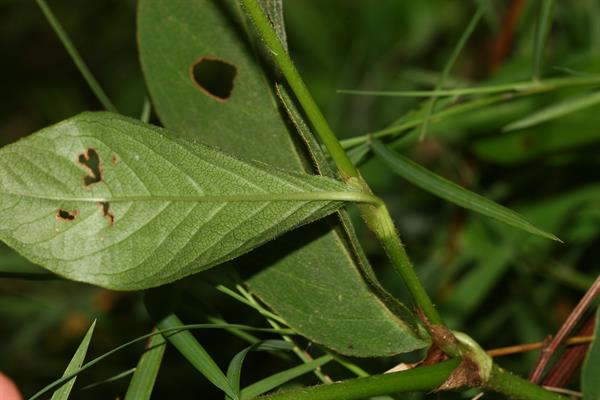 © Jeffrey S. Pippen | Original Image ⭷
© Jeffrey S. Pippen | Original Image ⭷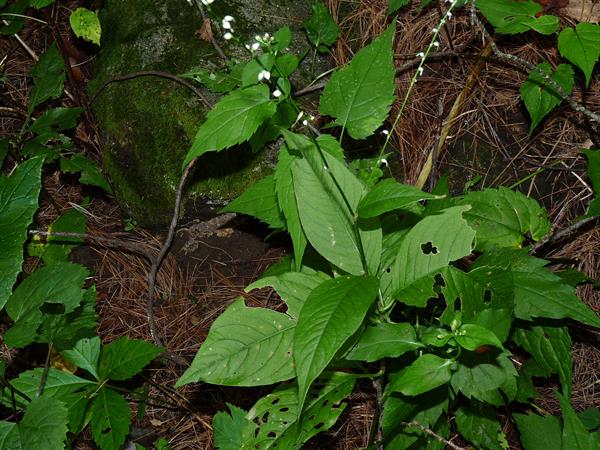 © Richard & Teresa Ware CC-BY-NC, permission granted to NCBG | Original Image ⭷
© Richard & Teresa Ware CC-BY-NC, permission granted to NCBG | Original Image ⭷Feedback
See something wrong or missing on about Persicaria virginiana? Let us know here: (Please include your name and email if at all complicated so we can clarify if needed.)
Cite as...